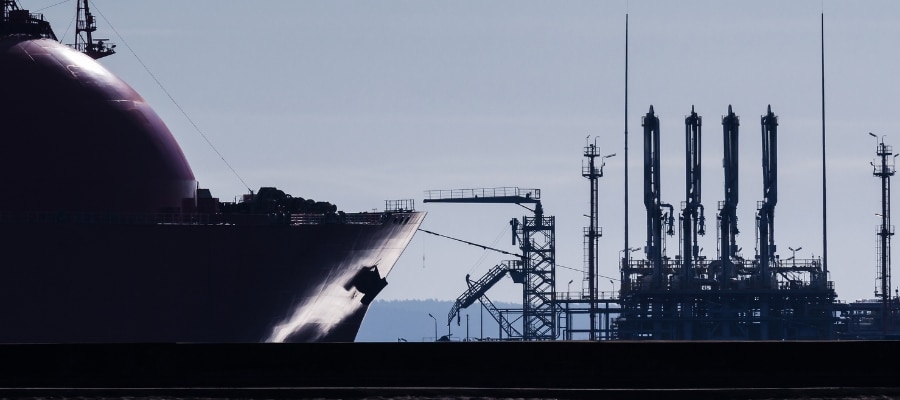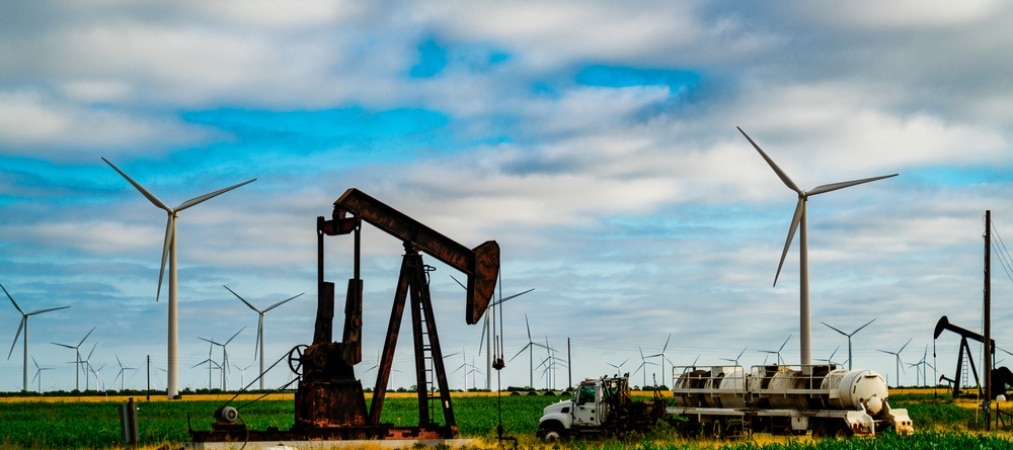German NGO Urgewald, along with 50 other NGOs including Reclaim Finance, publishes today a third version of the Global Oil and Gas Exit List (GOGEL) (1), the first comprehensive database on the oil and gas industry. So far covering 96% of global oil and gas production companies developing midstream infrastructure, the GOGEL now features data for companies developing new gas plants. Trends from the previous years are still going strong: most oil and gas companies develop new oil and gas reserves or explore for new ones, therefore jeopardizing efforts against global warming. Using the GOGEL should become a new normal among top financial players: this updated version should inspire immediate action against oil and gas expansion, all across the sector’s value chain.
More oil and gas, few policies, less chances of 1.5°C
96% of oil and gas producers plan to bring new reserves into production in the near future or actively seek new ones.
In its 2021 Net Zero Emissions (NZE) scenario for achieving carbon neutrality by 2050, the International Energy Agency (IEA) forecasts an end to the development of new oil & gas projects. Two years later, the 2023 GOGEL paints a bleak picture for the climate. The development of new hydrocarbon fields continues at the same pace, as nearly all oil and gas producers in the database (96%) plan to bring new reserves into production in the near future or actively seek new ones.
The systemic dimension of oil and gas expansion is such that the financial sector is reluctant to tackle oil and gas companies developing new reserves. If financial institutions will not phase-out their exposure to the sector with a snap of the fingers, the current level of ambition of their sector policies show that they are not even trying to address the issue. 69% of the major (2) banks, investors and insurers still have no policy restraining their support to oil and gas (3).
Most worryingly, among institutions with actual commitments, a handful only (4) tackle companies with upstream expansion plans. Banks like Société Générale or BNP Paribas claim that they address expansion by stopping project financing to new fields. Still, they can keep on providing full support to companies responsible for these new projects, no matter how huge their expansion plans are (5). This is all the more misleading as most financing to the fossil industry usually consists of general-purpose corporate financing and not project financing (6). Also, the rhetoric around the oil and gas majors’ (7) transition does not stand up to the test of figures: TotalEnergies, allegedly shifting away from fossil fuels, has moved up one rank (8) to become the world’s 6th largest hydrocarbon developer. Both responsible for this headlong rush, the financial sector and its clients contribute hand in hand to locking the world into fossil fuel dependency.
Liquefied gas boom, a solid problem backed by financial institutions
Regarding midstream oil and gas, the IEA is also clear: its NZE scenario projects an end to the development of new infrastructure, including LNG terminals. In this regard, the GOGEL now displays separate data rows for companies developing LNG export capacities and LNG import capacities. This distinction shows that bringing all proposed LNG export terminals into use would mean a 162% rise compared to current capacities. This short-term peak would blow up the world’s remaining carbon budget, all the more so as it is driven by North American shale gas (9).
As for upstream oil and gas, when it comes to adopting restrictions for companies contributing to LNG expansion, major financial institutions are still at square one. Only one (10) has adopted a policy ruling out support to all companies developing new liquefied gas capacities. But unlike for new oil and gas fields, financial players like banks are not even taking the basic step of excluding direct support to these projects. So far, close to none has committed to end new financial services dedicated to all LNG terminals (11). Major French banks are still involved in LNG development, like Crédit Agricole providing advisory services for Papua LNG export terminal, a highly controversial project jeopardizing local ecosystems and communities.
Gas power: anything but a solution
The 2023 GOGEL shows that this fast-increasing development of LNG lays the ground for gas power expansion. Providing, for the first time, data on companies developing new gas plants, the GOGEL highlights that 671 companies are planning a 30% increase of the current global operational capacity (12). This development is equally as worrying as upstream expansion: in a 1.5°C-aligned world, in the same way that some exploited oil and gas reserves should remain in the ground, some installed gas power capacity ought to be retired by 2035. Indeed, producing electricity from gas is not cleaner: when considering the entire gas value chain, emissions from a gas plant can equal – if not exceed – those from a coal plant (13).
Korean utility company KEPCO is responsible for a 17 GW gas power expansion on its own, whereas little information is available concerning planned sustainable power capacities. Yet, in the IEA’s NZE scenario, achieving carbon neutrality requires massive investments in the energy transition, especially in new solar and wind capacities. To bring our energy system to carbon neutrality, for each dollar put into fossil fuels, six dollars must go to sustainable power supply by 2030. However, due to the lack of policies targeting this part of the oil and gas value chain (14), money is still flowing unconditionally to firms that do not align with scientific requirements. As for LNG, most financial institutions have not even given up direct support to new gas plants, despite it being a minimum requirement to align with climate science. Most importantly, drawing a red line for no new gas plants should become the new normal for financial institutions when engaging with their clients.
It is urgent that financial institutions use the GOGEL to identify, engage with and eventually exclude companies knowingly compromising the 1.5°C objective. Banks, investors and insurers must especially use this public database to start tackling companies expanding oil and gas by developing new reserves. The handful of institutions that have begun addressing upstream expansion can now accurately implement and monitor a policy on the midstream and power generation parts of the oil and gas value chain. For most of them, still, everything remains to be done.



